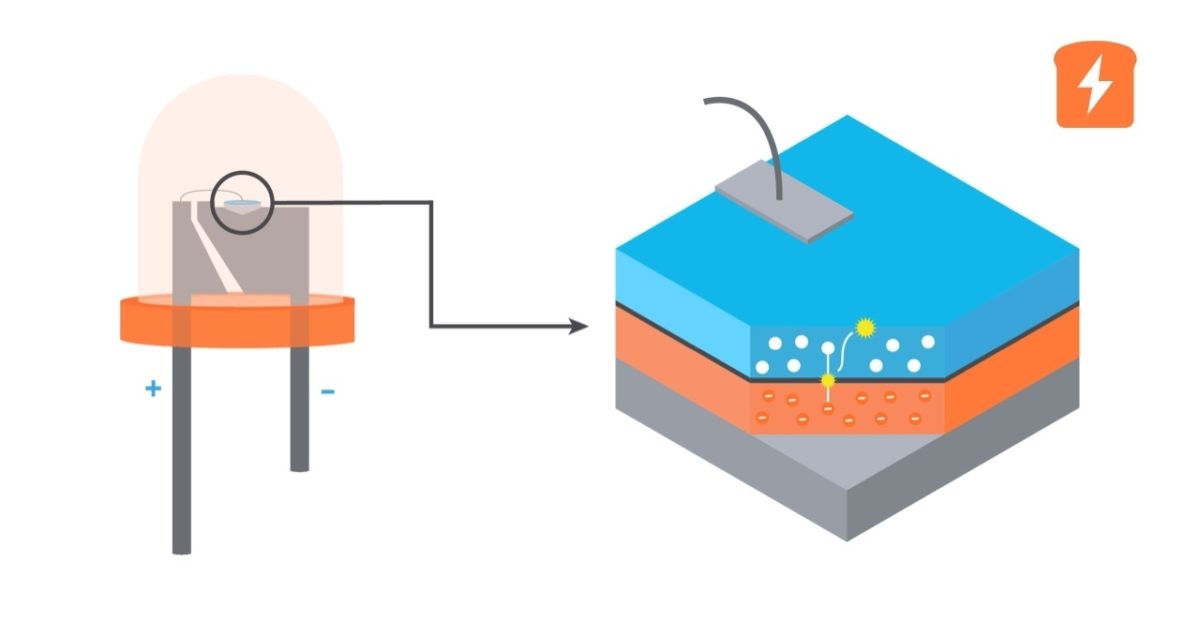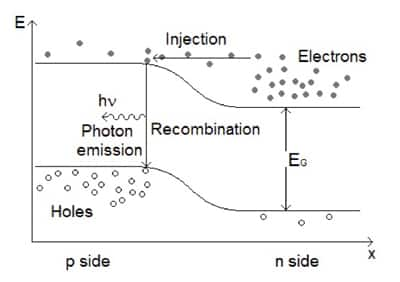- Joined
- Jul 16, 2009
- Messages
- 3,143
- Reaction score
- 4,788
Beat me too it... OP skipped phosphor degradation tooThe general gist here - that LEDs wear out - is true - but all the math here is based on a number of misunderstandings and poor assumptions.
Firstly, the 35-50k hour lifespan isn't the amount of usage until the led fails - it's the L90 lifetime - or the amount of time before the emitter drops to 90% of it's original output. For Cree Xp-E LEDs, this is 50k hours.
50k hours, at 12 hours a day, is 11 years, and that's not even getting into the fact that most people aren't running them at full. 10% degradation at 10+ years is way out into the "it doesn't matter" range and probably similar is seen in MH and LED due to corrosion on the reflectors.
I'm running gen3 Radions on most of my tanks. They're about 8 years old. They're capable of producing way more par than I can use, and the spectrum is fine.
The vast majority of reef LED fixture failures are due to failures in the drivers, control boards, and cooling. In a properly designed fixture, LED lifespan really isn't a worry.
















